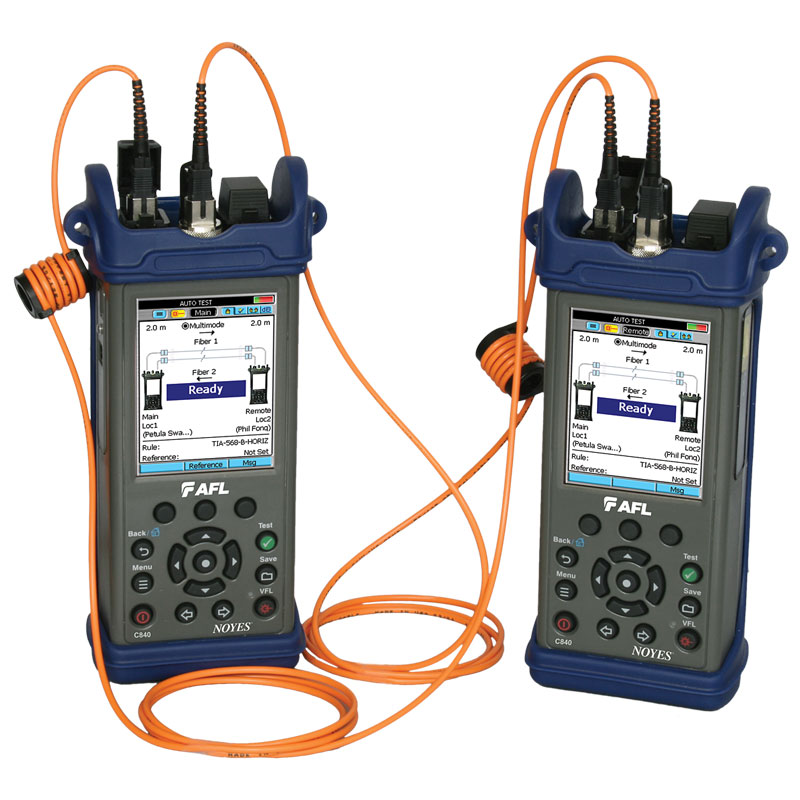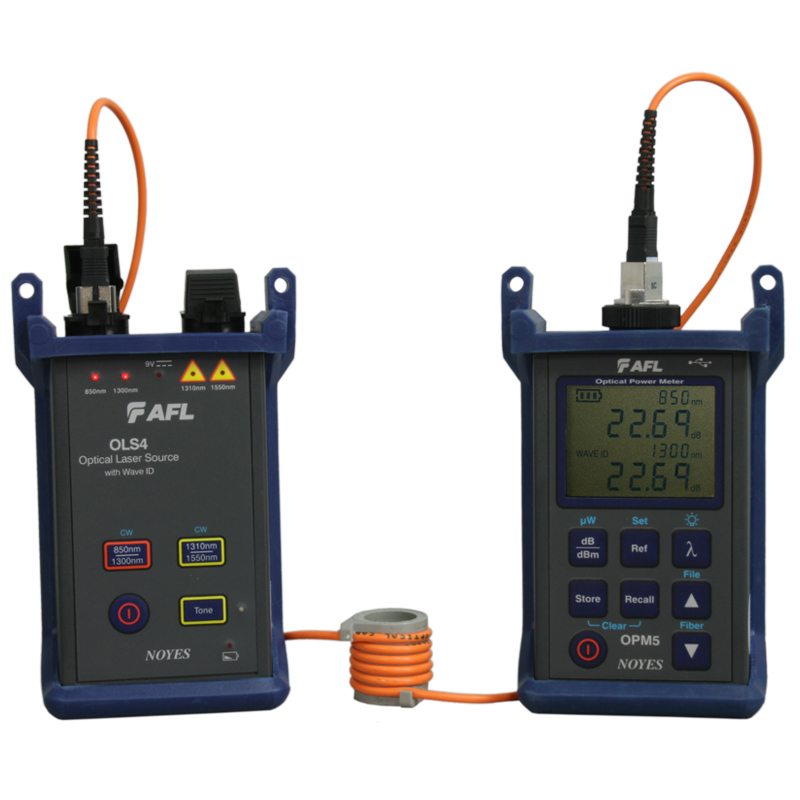The optical fibre diameter analyser ensures detailed measurements for fibre optics.
The optical fibre diameter analyser ensures detailed measurements for fibre optics.
Blog Article
The Role of Optical Fibre Testing in Ensuring High Quality and Effectiveness in Connection Solutions
In today's swiftly progressing digital landscape, the relevance of optical fibre screening can not be overemphasized, as it serves as a foundation for making sure the high quality and efficiency of connection solutions. As modern technology proceeds to advancement, the future of optical fiber testing postures interesting difficulties and chances that warrant closer evaluation.
Relevance of Optical Fibre Screening
The importance of optical fibre testing can not be overstated in making certain the integrity and efficiency of interaction networks. As the backbone of contemporary telecoms, optical fibers help with high-speed information transmission, making their reliability important to functional success. Evaluating works as a proactive action to recognize potential problems such as signal loss, depletion, and physical damages, which can compromise network performance.
Routine screening enables the verification of setup top quality and the discovery of defects that can influence data stability - optical fibre diameter analyser. By employing rigorous testing procedures, network drivers can minimize the risks connected with network failings, consisting of downtime and economic losses. Optical fiber screening makes sure conformity with market requirements and guidelines, improving the general high quality of solution given to end-users.
Ultimately, the systematic assessment of optical fibers adds to the long life and effectiveness of communication systems. It allows stakeholders to make informed decisions regarding upkeep, upgrades, and troubleshooting. In a landscape where information is significantly vital, prioritizing optical fiber screening is necessary to maintaining robust and effective connection solutions, thereby sustaining the needs of contemporary digital settings.
Types of Optical Fibre Tests
Various screening techniques are employed to make certain the capability and dependability of optical fibres within interaction networks. These tests can be generally classified into 2 primary kinds: installation examinations and upkeep tests.
Installation examinations are conducted right away after the installment of optical fiber cable televisions to validate their efficiency and integrity - optical fibre diameter analyser. The most usual setup tests consist of Optical Time-Domain Reflectometry (OTDR) tests, which examine the quality of the fiber by identifying mistakes or breaks, and end-to-end loss tests, which measure the overall optical loss from one end of the fiber to the other
Maintenance tests, on the various other hand, are done occasionally to make certain ongoing efficiency and spot possible issues gradually. These consist of aesthetic evaluation, which look for physical damages or incorrect installments, and continuity tests, which validate that the signal can travel through the fiber without interruption.
Additionally, progressed examinations such as Polarization Mode Dispersion (PMD) and Chromatic Diffusion (CD) examinations can be conducted to examine the fiber's performance under different problems. By using these diverse screening approaches, professionals can maintain high standards of high quality and integrity in optical fiber networks.
Advantages of Routine Testing
Regular testing of optical fibres plays a crucial role in preserving investigate this site the general performance and integrity of interaction networks. By conducting regular assessments, organizations can make sure that their fibre optic installations meet market requirements and operate effectively. This aggressive strategy helps to determine possible weaknesses and deterioration in time, permitting timely treatments before issues intensify.

Cost-effectiveness is another benefit. By addressing small problems early, organizations can stay clear of the high expenses connected with significant repair work or system failures. Routine testing also promotes Bonuses compliance with governing requirements, ensuring that the network sticks to required security and performance requirements.
Usual Problems Identified
Determining usual problems in optical fiber networks is crucial for preserving optimal efficiency and reliability. Different factors can add to interruptions, consisting of physical damage, inadequate installation methods, and ecological influences.
Physical damages, such as bends, breaks, or abrasions, can significantly deteriorate signal top quality. Improper setup strategies, including extreme stress or poor securing of cables, might cause increased attenuation and loss of connection. In addition, environmental aspects such as temperature level variations, wetness access, and rodent disturbance can compromise the integrity of the fibre.
Port problems likewise regularly emerge, with improper positioning or contamination bring about increased insertion loss. Additionally, splicing mistakes can present considerable signal destruction otherwise executed with precision.

Addressing these usual concerns with regular optical fibre testing not only enhances network reliability yet additionally enhances overall performance, making certain that connectivity services remain durable read the article and effective.
Future Patterns in Testing
As the demand for high-speed connectivity remains to increase, the future of optical fibre screening will significantly concentrate on automation and advanced analytics. The assimilation of fabricated intelligence (AI) and artificial intelligence (ML) in testing processes will make it possible for more effective information evaluation and anticipating maintenance, minimizing downtime and enhancing total network dependability. Automated testing options will improve the inspection and qualification of fibre networks, decreasing human error and boosting testing throughput.
An additional considerable fad is the adoption of remote testing innovations. As the implementation of fibre networks broadens into remote and underserved areas, remote testing capabilities will allow service technicians to keep an eye on and identify network problems without physical existence, consequently reducing operational costs and improving response times.
Additionally, there will be a change in the direction of even more thorough testing requirements that encompass not only traditional loss measurements yet also efficiency metrics such as latency and transmission capacity use. This alternative method will facilitate much better network monitoring and optimization strategies.
As these patterns advance, the optical fiber screening landscape will certainly not only enhance the top quality and performance of connectivity solutions however additionally sustain the growing complexities of modern-day communication networks.
Conclusion
In conclusion, optical fiber screening serves as an essential part in maintaining the honesty and efficiency of communication networks. The continuous dedication to regular testing not only improves information transmission yet also lines up with sector standards, fostering integrity in network facilities.
Report this page